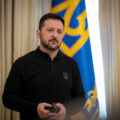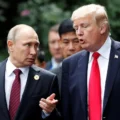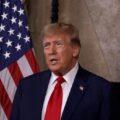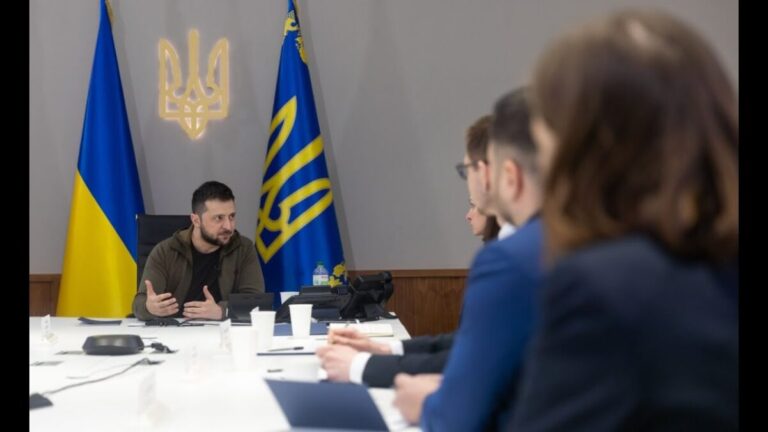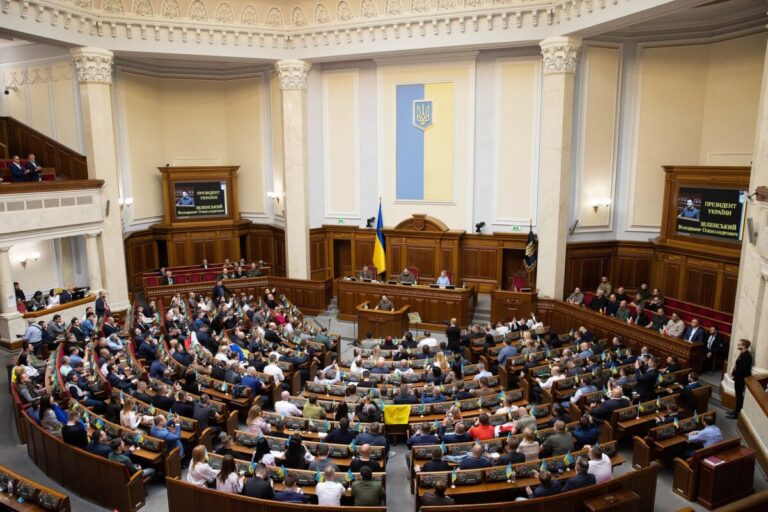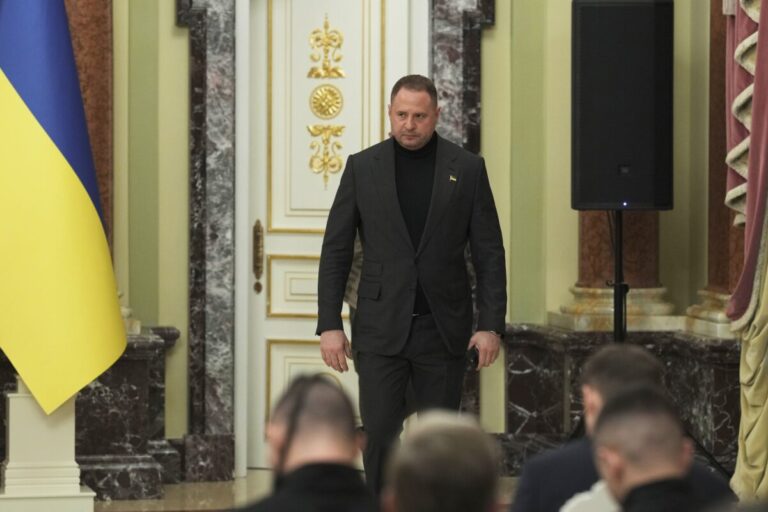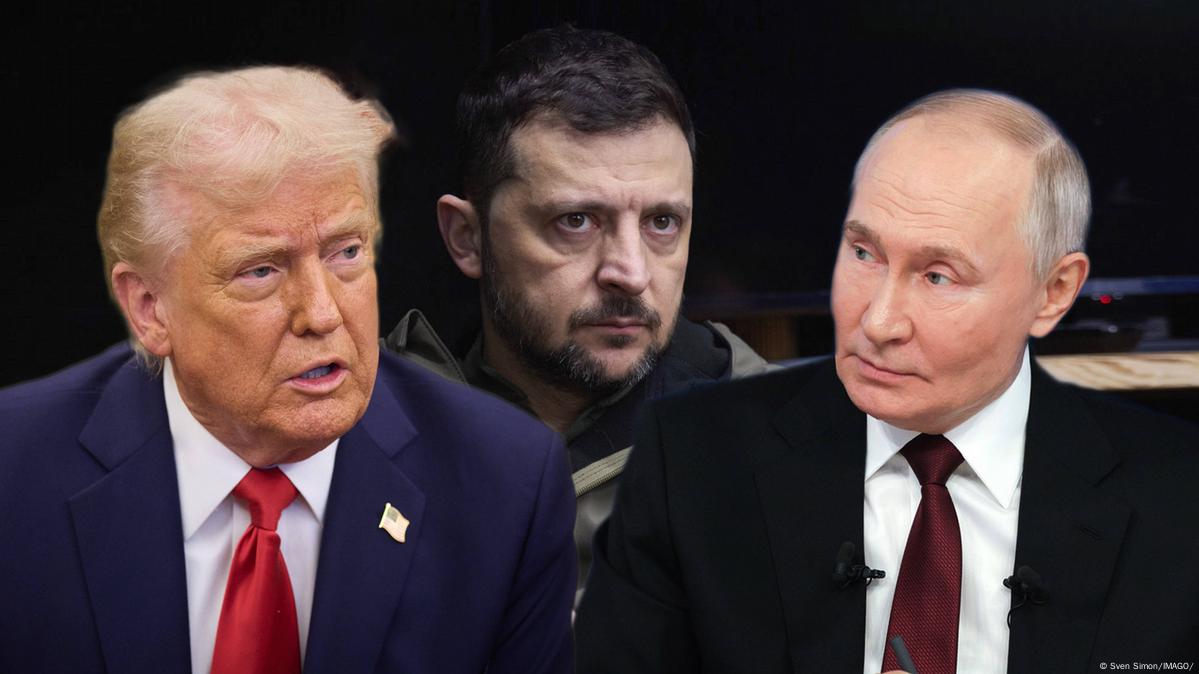
Negotiations, War, and Signals from Moscow: How the US, Ukraine, and Europe Prepare for the Next Stage
On August 13, 2025, US President Donald Trump and Vice President JD Vance will hold an online meeting with Ukrainian President Volodymyr Zelenskyy and European allies.
Two US officials confirmed the meeting. The formal goal is to coordinate positions ahead of the planned Trump–Putin summit, which is set to take place later this week in Alaska.
This meeting has gained particular significance after Zelenskyy’s statements following contacts between Trump’s special envoy Steve Witkoff and the Russian leader.
The President of Ukraine said that during the conversation there was a signal from Mr. Witkoff:
“that Russia is ready to end the war, or at least take the first step towards a ceasefire, and that this was the first signal from them.”
According to Zelenskyy, all participants in the conversation welcomed the fact of progress, even if it was not accompanied by concrete agreements. He emphasized that the US side made no demands or specific proposals, only a general discussion.
At the same time, the Ukrainian president admitted he still does not know exactly what Putin told Witkoff.
The Logic of Meetings and the Prospect of a Trilateral Format
Zelenskyy explained that after his meeting with Trump, the next logical step would be a meeting between Putin and Trump:
“After this, there should be a trilateral meeting the US, Ukraine, and Russia.”
According to diplomats, such a scenario could become the first genuine platform for discussing conditions to end the war. But it also carries risks primarily due to the differences in how the US, Europe, and Ukraine approach key issues on the agenda.
Warnings from the Front: New Threats Despite Diplomacy
The Ukrainian president warned that Putin is preparing new offensive operations despite the upcoming peace summit in Alaska.
His warning came against reports of Russian troop advances north of Pokrovsk toward Dobropillia.
Such a move could allow Russia to split two key Ukrainian defensive hubs in the east Pokrovsk and Kostiantynivka and put other regional cities at risk.
Position on Donbas: “We Will Not Withdraw”
On August 11, Zelenskyy stressed that Ukraine’s Defense Forces will not leave Donbas voluntarily:
“We will not withdraw from Donbas. We cannot do this. Everyone forgets the first part our territories are illegally occupied. For the Russians, Donbas is a springboard for a future new offensive. If we leave Donbas of our own free will or under pressure, we will open a third war.”
He drew a parallel with Crimea, which became a springboard for Russia’s invasion of southern Ukraine. According to the president, Russia used occupied Donbas to avoid mass mobilization of its own citizens, replacing them with fighters from occupied territories:
“so as not to spare Ukrainian citizens, not to use their own, not to conduct any mobilization, but to turn separatists into the Russian army.”
Post List
Dispute over the Constitution and Territorial Concessions
In the US political sphere, Donald Trump issued a sharp statement criticizing Zelenskyy’s position on the need for constitutional changes for a possible territorial exchange:
“I was a little surprised that Zelensky said he would need constitutional approval meaning he got approval to start the war and the killings, but needs approval for a territorial exchange. Because there will be some territorial exchange, I know this from Russia and from talking to everyone, and it will be for the better for Ukraine.”
Trump added that such an arrangement would include “something bad for both sides.”
European Guarantees and NATO’s Position
Brussels and European capitals emphasize that any talks must be accompanied by guarantees of Ukraine’s territorial integrity and its right to remain a sovereign state with its own armed forces.
NATO Secretary General Mark Rutte stated that the upcoming Trump-Putin meeting will be an important test for ending the war. In his opinion, full-fledged negotiations must address security issues, territorial matters, and guarantees that NATO can maintain its presence on the eastern flank.
Poland’s Position: Regional Security Above All
Polish Prime Minister Donald Tusk stressed that the US promised to consult with European allies before the Trump-Putin meeting.
He underlined that Ukraine’s territorial integrity is not only a matter of solidarity with a neighbor but also a direct security concern for Poland.
European leaders have also called on Washington to negotiate with Moscow only if a ceasefire is in place and clear guarantees are given to protect the interests of Ukraine and Europe.
What’s Next?
The situation demonstrates the paradox of wartime diplomacy: even with announced talks, the fighting intensifies, and the parties’ positions remain far from compromise.
For Ukraine, the key task is to prevent negotiations without its participation and to preserve international unity in support.
Experts note that a trilateral US-Ukraine-Russia meeting could be a breakthrough only if it is not used as a tool to pressure Kyiv, but rather as a platform to coordinate a just peace, with the priority on restoring sovereignty and securing safety guarantees.





